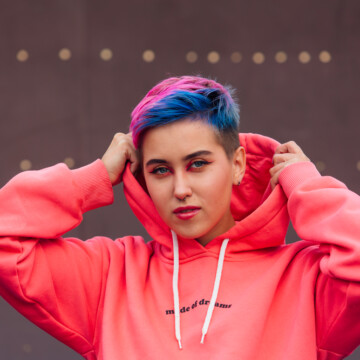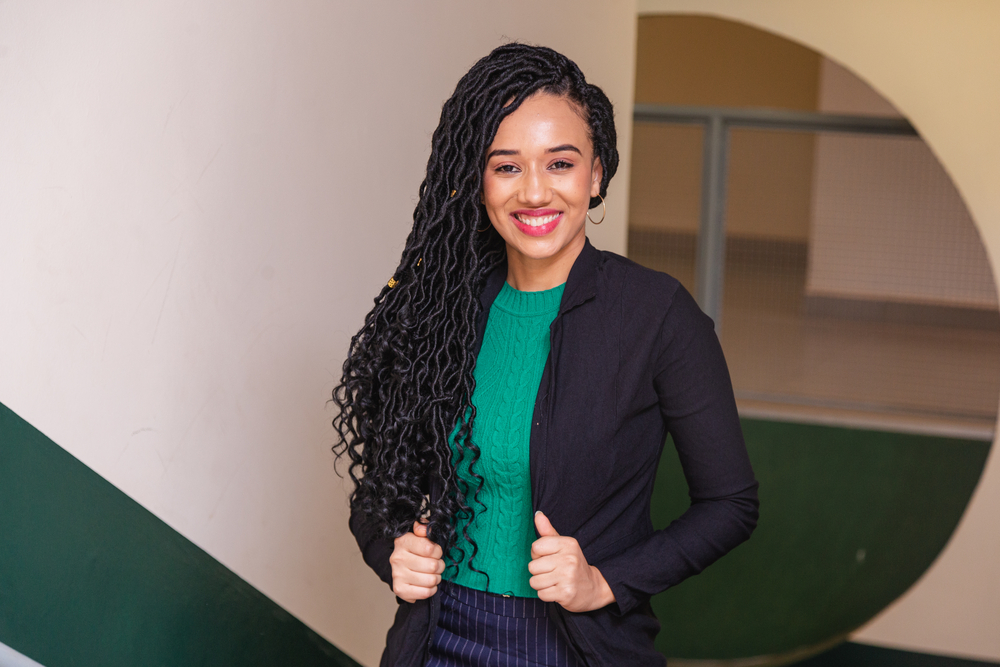
The '90s were a time of big hair, bold styles, and individual expression. Hairstyles from the decade were as varied as the people who wore them, reflecting the social, cultural, and political shifts of the time.
From Rachel Green's iconic layered bob to unique styles that exuded Black excellence, '90s hairstyles were all about self-expression.
Whether you were into crimped curls, butterfly clips, or cornrows, there was a 90s hairstyle out there for everyone. In this article, we'll take a look at some of the most defining hairstyles of the '90s and explore their cultural significance.
Table of Contents
- 1 90s Hairstyles Were More Than Styles
- 2 90s Hairstyles and Pop Culture
- 3 The Most Popular '90s Hairstyles
- 4 A Celebration of Afrocentric Hairstyles
- 5 The Evolution and Resurgence of '90s Hairstyles
- 6 Why '90s Hairstyles are Making a Comeback
- 7 What Can We Learn From the 90s Revolution?
- 7.1 What Were Typical 90s Hairstyles?
- 7.2 Were Bantu Knots Popular in the 90s?
- 7.3 Were Side Parts Popular in the 90s?
- 7.4 Did People Crimp Hair in the 90s?
- 7.5 What Hairstyles Were Popular in the 90s?
- 7.6 Are 90s Hairstyles Coming Back?
- 7.7 What Black Hairstyles Were Popular in the 90s?
- 7.8 Related Articles
90s Hairstyles Were More Than Styles
In the world of fashion, the 1990s were nothing short of a hair revolution. It wasn't just about a well-executed haircut or a trendy new hair hue; hairstyles in the '90s showcased the wearer's personality and cultural heritage.
They were even used as a means of rebellion against the norms of the time.
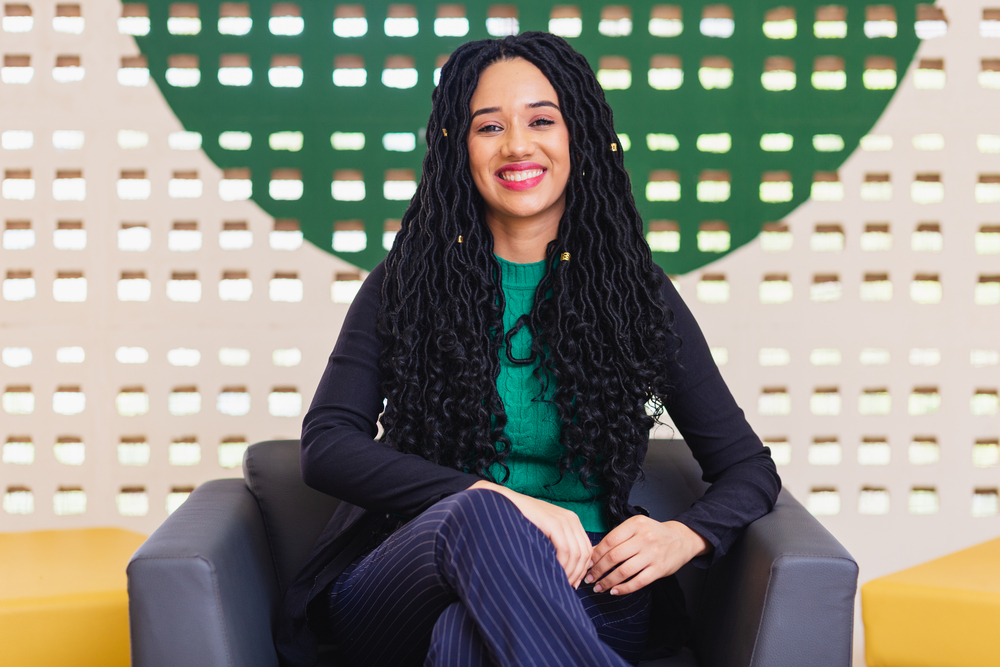
As you might imagine, the '90s were like a playground for hairstylists and trendsetters. People felt free to experiment and push boundaries, and that's why we saw such an impressive range of hairstyles throughout the era.
The 90s was also a time when music had a huge impact on hairstyles. Remember the grunge scene? That "just-rolled-out-of-bed" messy look was as much a part of the vibe as the music itself. And let's not forget about the supermodels of the '90s who rocked chic pixie cuts and set high-fashion trends.
So, when we talk about '90s hairstyles, it's not just about the looks that were in vogue. It's about understanding the people, the culture, and the spirit of an era.
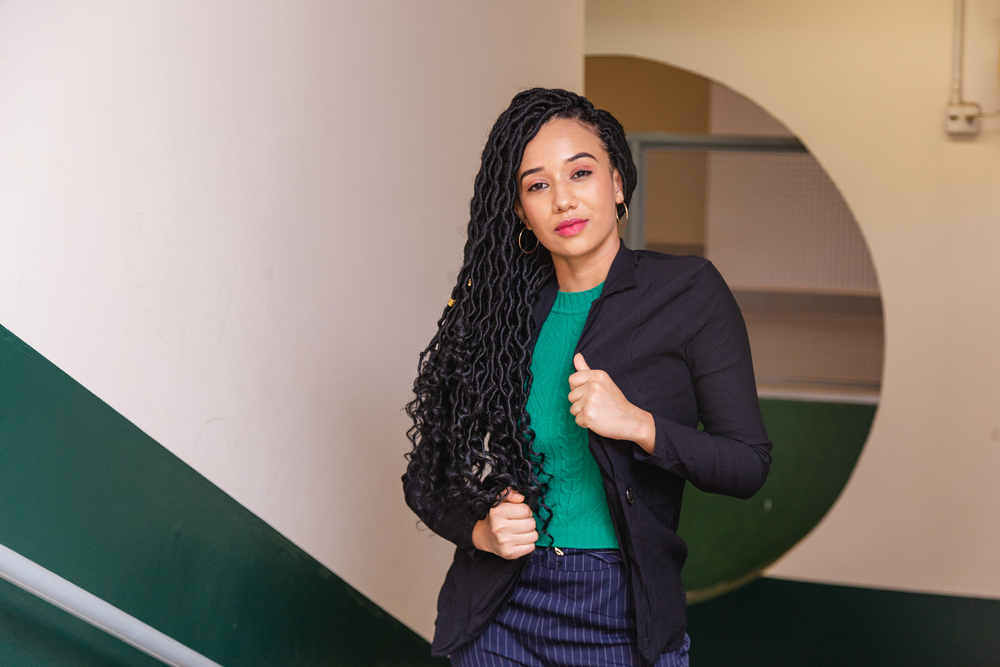
90s Hairstyles and Pop Culture
Television shows, music, films, and celebrities left lasting impressions on societal trends and influenced countless people's hairstyle choices. Keep reading to find out how 90s hairstyles and pop culture were intertwined.
90s TV Shows
Everyone remembers 90s TV shows like "Friends" and "The Fresh Prince of Bel-Air." They not only captivated audiences with their engaging storylines but also with their style. The "Rachel" hairstyle, sported by Jennifer Aniston's character in "Friends," for example, became a sought-after look.
Other shows, like "Living Single" and "Sister, Sister," also showcased an array of hairstyles that influenced and represented the African American community. They fostered a broader understanding and appreciation of black hair and culture.
90s Movies
Like 90s TV shows, movies in the era covered a wide variety of narratives and aesthetics that translated to new and exciting hairstyle trends. For instance, the cult classic film "Pulp Fiction" breathed new life into the blunt bob through Uma Thurman's character Mia Wallace.
The edgy, chin-length cut and sharp fringe were a defining look of the decade.
In addition, the movie "Poetic Justice" made box braids famous with Janet Jackson's unforgettable character showcasing this traditional African hairstyle, subsequently leading to a surge in their popularity across the globe.
90s Music Videos
The music video scene in the '90s was buzzing with creativity and influence. With the growing popularity of MTV and BET, music videos were an outlet for artists to express their style, a large part of which was their hair.
Rapper Coolio's twisted braids from the "Gangsta's Paradise" video became a '90s staple, as did the extravagant styles of the Spice Girls, whose individual styles varied widely from Baby Spice's high pigtails to Scary Spice's tight Bantu knots.
The grunge movement, led by bands like Nirvana and Pearl Jam, popularized the messy, "just out of bed" hair, in stark contrast to some of the more polished styles of the previous decade.
In essence, movies and music videos of the 1990s didn't just entertain; they also sparked trends and influenced fashion on a global scale. The hairstyles that they popularized were not only emblematic of the decade but also reflected the diversity and creativity that defined '90s culture. It was a beautiful time.
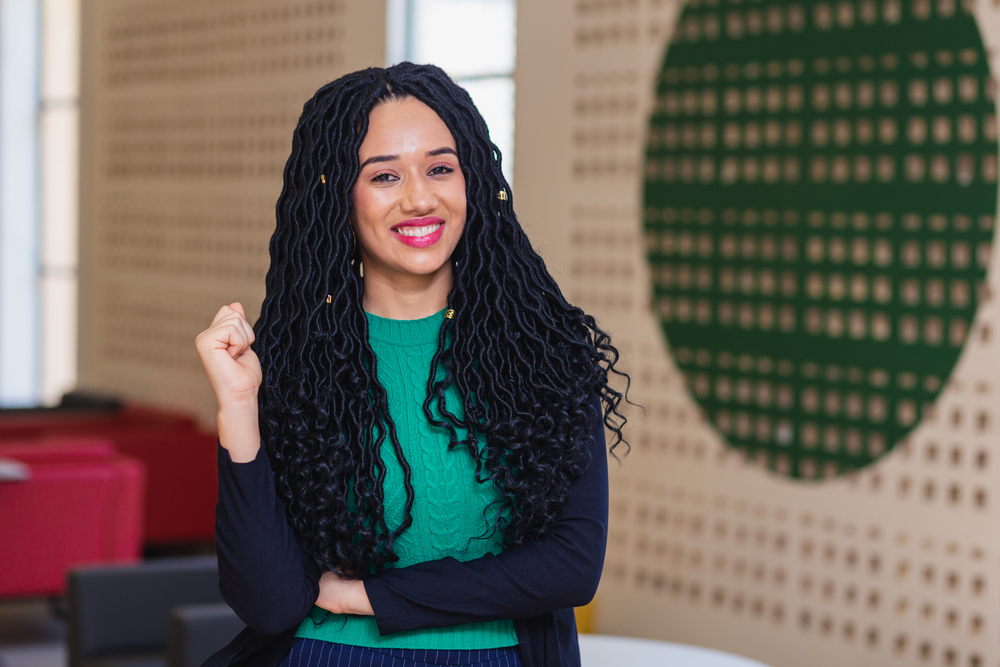
The Most Popular '90s Hairstyles
90s hairstyles run the gamut from bobs to cornrows to pixie cuts and beyond. It wouldn't be right not to dive into these hairstyles in greater detail and explore the influencers behind each of them.
The Bob
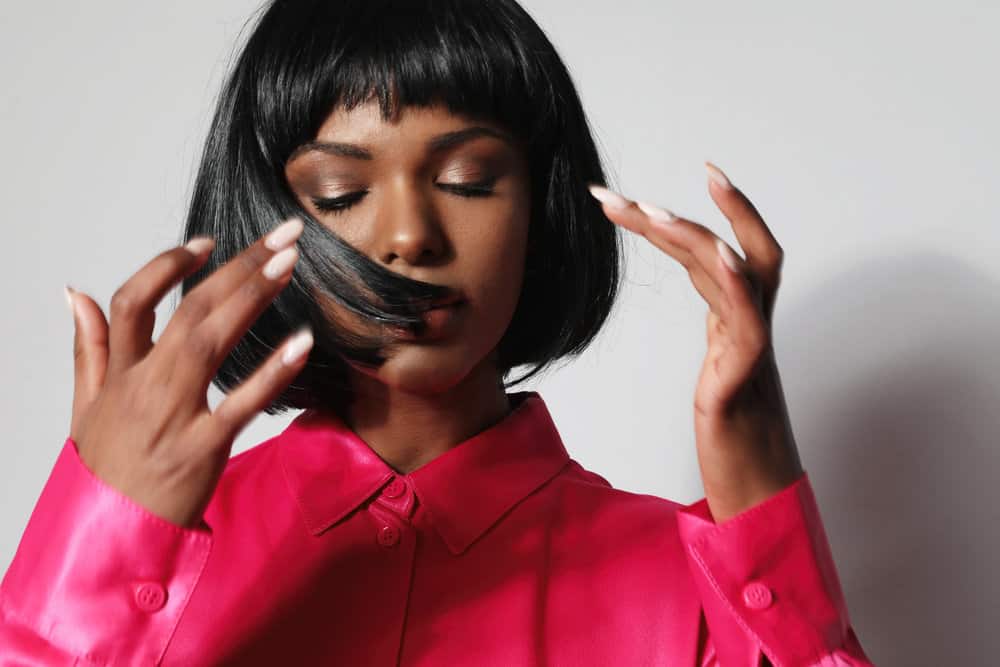
The bob haircut made a big splash in the '90s, becoming one of the most iconic hairstyles of the decade, thanks largely to two trendsetting women - Rachel Green from the television show "Friends" and Victoria Beckham, also known as Posh Spice from the Spice Girls.
Rachel Green, played by Jennifer Aniston, sported a layered bob that became so popular it was simply known as "The Rachel." This haircut was shoulder-length, voluminous, and full of lively, bouncy layers that framed the face.
On the other hand, Victoria Beckham became known for her sleek, angled bob.
Her version was a sharp contrast to "The Rachel" - it was shorter, often chin-length, and had a distinctive angled cut that was longer in the front and shorter in the back.
Both bob styles reflected the versatility and elegance of this timeless haircut, and it remains popular today.
Pixie Cuts
In the '90s, pixie cuts emerged as a bold and sophisticated hairstyle due to trendsetters like Winona Ryder and Halle Berry. Winona Ryder sported a short, choppy version, making this low-maintenance cut synonymous with her indie film charm.
Halle Berry, on the other hand, brought a softer touch to the pixie cut with her tousled, slightly longer version, which she famously wore when she won her Oscar. Despite being a short haircut, the pixie cut proved to be incredibly versatile, offering a chic, edgy look that many women embraced.
The Shag
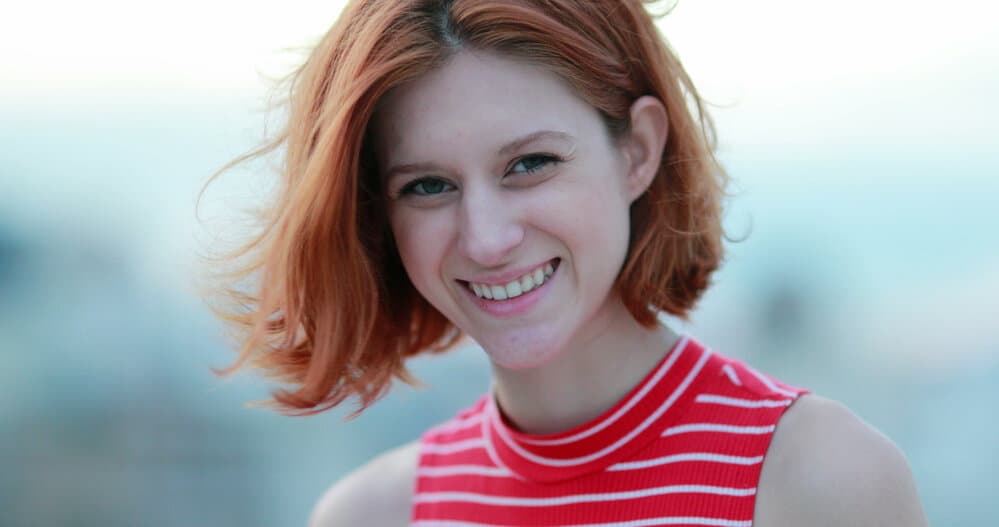
Though it rose to prominence in the 30s and 40s, the shag was another distinctive '90s hairstyle. It embodied a carefree, effortless look that demanded stares.
This cut features heavy layers and a fringe which gave way to a "messy" yet stylish appearance. Meg Ryan's shaggy, layered cut in "You've Got Mail" is one of the most famous shags of the decade.
Crimped Hair
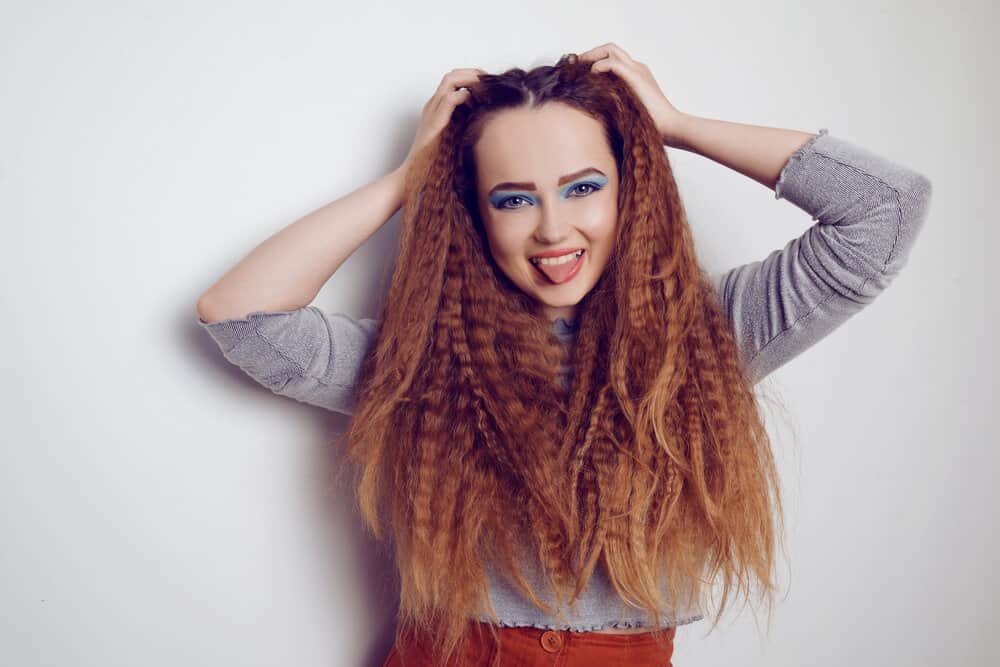
Crimped hair brought a fun and funky twist to the '90s hair scene. This style involved pressing the hair into small folds and ridges, giving straight hair a zigzag texture.
Pop stars like Britney Spears and Christina Aguilera were often seen sporting this 90s hairstyle in their music videos, making crimped hair a popular trend among young fans. It was a playful style that perfectly captured the vibrant and experimental spirit of the '90s.
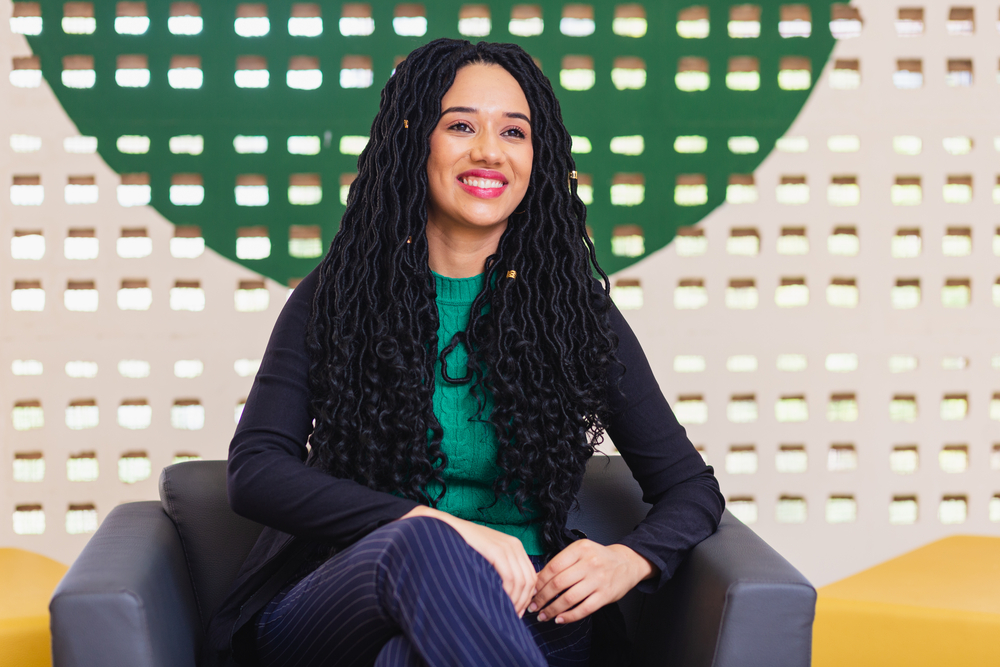
A Celebration of Afrocentric Hairstyles
During the '90s, a wave of Afrocentricity spread through fashion, film, music, and television, leading to a renewed appreciation for natural hair.
The decade saw an increase in the visibility of hairstyles like cornrows, box braids, Bantu knots, and Afros, worn proudly by black celebrities and influencers. Janet Jackson's box braids in "Poetic Justice" and Lauryn Hill's dreadlocks, for example, were trendsetting looks that became powerful expressions of cultural identity.
Moreover, this period marked a shift in the beauty industry, with more hair care products being developed specifically for natural, Afro-textured hair. This, coupled with the growing representation of natural hairstyles in media, encouraged more Black women to nurture and rock their natural curls, kinks, and coils.
The Afro
Although they might not have been as prevalent or as politically charged as they were during their peak in the 1960s and '70s, the 90s saw many an afro. The Afro in the '90s was sometimes seen in a slightly modified form known as the "Afro puff" or "natural puff" - essentially a puff of curls drawn up to the top or back of the head, secured with an elastic or scarf.
It was a simple, elegant 90s hairstyle that could be easily dressed up or down. Erykah Badu leaned more toward natural hairstyles at the time and encouraged widespread adoption of the style.
Bantu Knots and Twists
Bantu knots, traditional African hair knots reminiscent of small coiled buns, were mainstream in the '90s. Celebrities, like singer Brandy Norwood, sported them regularly, introducing these beautiful, intricate styles to a broader audience.
Meanwhile, flat twists were also turning heads. The intricate appearance of these styles added texture and visual interest, serving as a protective hairstyle for those with both straight and naturally curly hair.
These twists made a sizable mark on the hair scene, thanks in large part to their adoption by numerous high-profile figures in the music and film industry.
Cornrows and Box Braids
Cornrows and box braids were two hairstyles that got a lot of attention in the '90s, becoming symbols of cultural pride and identity within the African American community.
Cornrows are a traditional African style of hair braiding, where the hair is braided flat to the scalp in a way that's reminiscent of rows of corn. Though cornrows were far from new around this time, stars like Alicia Keys and Ludacris wore them regularly, skyrocketing their popularity to new heights.
Box braids, on the other hand, are individual plaits that are often divided by small, squared-off parts or "boxes." Poetic Justice braids, which are modified box braids, is a style that was worn by Janet Jackson in the movie "Poetic Justice," and people everywhere fell in love with it.
In the 90s, it was okay, and even encouraged, to wear your hair in its natural state, especially in one of these styles.
Updos Styled Up High
The 1990s was a time of daring and distinctive hairstyles for black women, with updos taking center stage. These styles were a feat of artistry, requiring skillful hands, a good deal of hairspray, and a knack for creativity.
With their incredible height, intricate loops, and bold forms, these updos became a definitive statement of personality and style during the decade.
One of the defining features of '90s updos was height. Hair was teased, piled, and sculpted to create towering styles that were truly eye-catching.
Jheri Curl
The Jheri curl, a hairstyle prominent in the African American community, maintained its popularity into the '90s, although its peak prominence was during the '80s. Named after its inventor, the hairdresser Jheri Redding, the Jheri curl was composed of slick, smooth, loose curls.
These curls were so shiny that they looked like they were wet. The style was achieved through a two-part process: a softener (often labeled as a "rearranging cream") to loosen the curl, followed by a solution to set the curls in a loosely curled style.
This hairstyle was popularized by celebrities in music, film, and television. Michael Jackson, arguably the most famous proponent, sported a Jheri curl on the cover of his immensely popular "Thriller" album, which persisted into the early '90s.
Other celebrities, including Ice Cube and Eazy-E, kept the style alive throughout the '90s, especially in the burgeoning hip-hop scene. It was also featured in various movies and television shows, including "Coming to America," where the style was humorously showcased through the "Soul Glo" commercial.
Despite requiring a high level of maintenance and care to keep the hair moisturized and glossy, the Jheri curl was an integral part of early '90s hair fashion within the African American community.
While it declined in popularity towards the end of the decade, its cultural impact is undeniable, contributing to the rich diversity of hairstyles that defined the era.
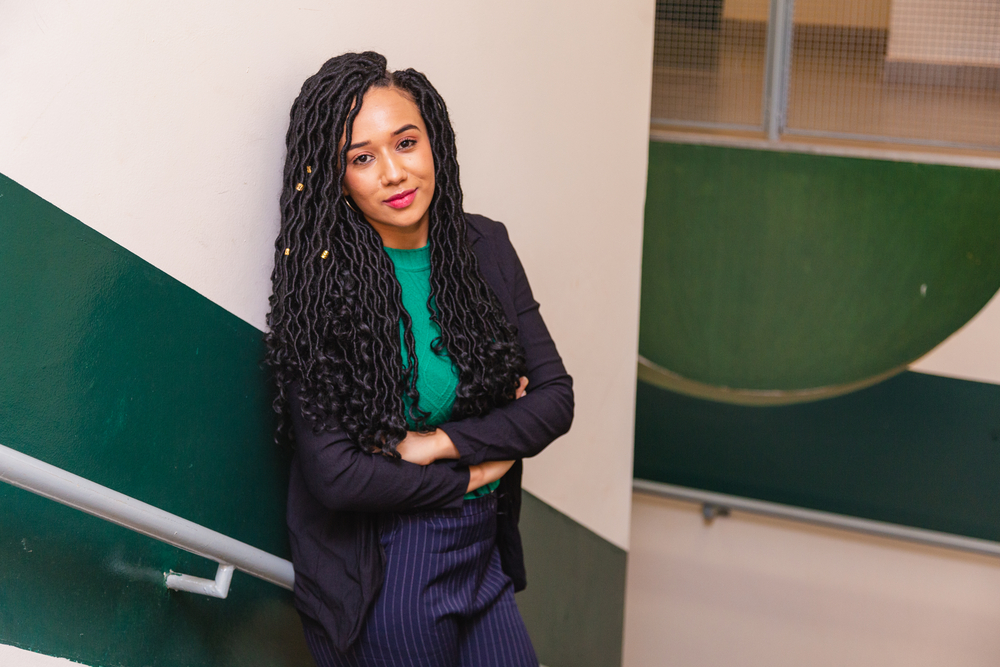
The Evolution and Resurgence of '90s Hairstyles
90s hairstyles have made a major comeback in recent years, with many of the most popular looks from the decade being seen on celebrities and fashion icons alike.
Some of the most notable 90s hairstyles that have seen a resurgence include:
- The Rachel: Recall that this layered haircut with blunt bangs was made famous by Jennifer Aniston in the TV show Friends. It is a versatile style that can be dressed up or down and is flattering on a variety of face shapes.
- The Claw Clip: This simple hair accessory was a staple for 90s kids and is now making a comeback as a way to add a touch of nostalgia to any hairstyle. It can be used to hold back bangs or create half-updos, among other things.
- The Mullet: This divisive hairstyle was popular with both boys and girls in the 90s. It is characterized by short hair on the sides and back, with longer hair at the front. While the mullet may not be for everyone, it is definitely having a moment in 2023.
- The Crimped Hair: As we mentioned earlier, this textured hairstyle was created using a special crimping iron that created small, uniform waves in the hair. Crimped hair was popular for both straight and curly hair and could be worn in a variety of styles, from sleek updos to messy buns.
- The High Ponytail: This sleek and polished hairstyle was a popular choice for 90s women. It is easy to achieve and can be dressed up or down. To create a high ponytail, simply gather your hair at the crown of your head and secure it with a hair elastic.
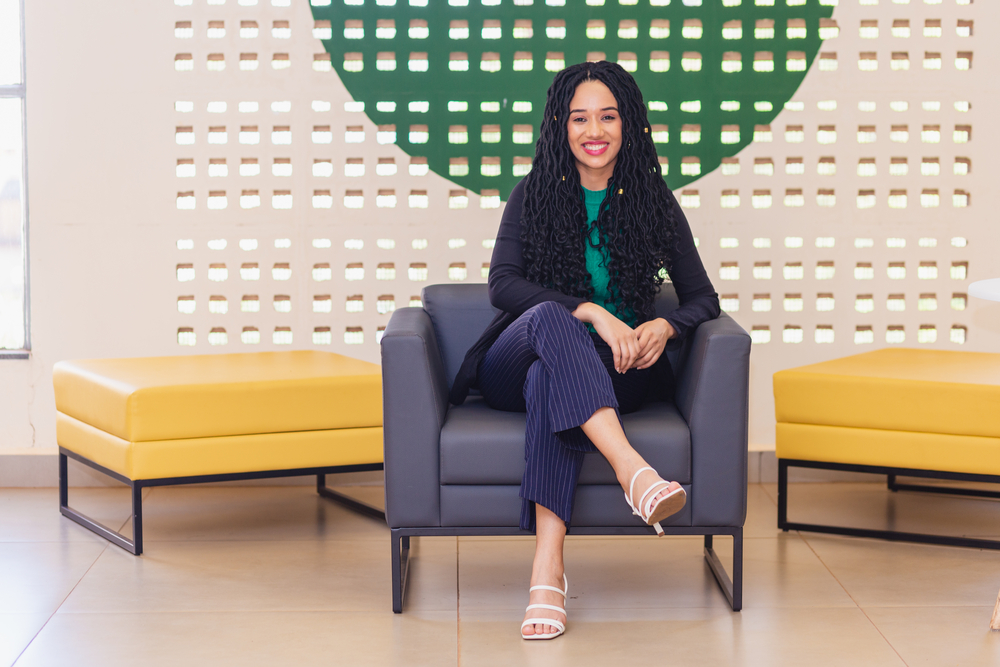
Why '90s Hairstyles are Making a Comeback
If you keep your eyes peeled, you're sure to notice that some of the most iconic 90s hairstyles are making a comeback. There are several reasons why this is the case:
- Nostalgia: The 90s are often seen as a time of innocence and carefree fun. This nostalgia has led to a renewed interest in 90s fashion and hairstyles as people look to recapture the feeling of that decade.
- Celebrity influence: Many celebrities have been seen sporting 90s hairstyles in recent years, which has helped to further popularize these looks. For example, Jennifer Aniston's "Rachel" haircut from Friends was one of the most popular hairstyles of the 90s, and it has made a comeback in recent years thanks to celebrities like Selena Gomez and Taylor Swift.
- The rise of social media: Social media platforms like Instagram and TikTok have made it easier for people to share and discover new hairstyles. This has led to a wider exposure to 90s hairstyles, as people are able to see how these looks can be styled and adapted for modern times (e.g., adding chunky highlights).
- The relaxed aesthetic: 90s hairstyles are often characterized by their relaxed and easy-going vibe. This is in contrast to the more polished and structured hairstyles that have been popular in recent years. As people are looking for more low-maintenance hairstyles, 90s styles are becoming increasingly appealing.
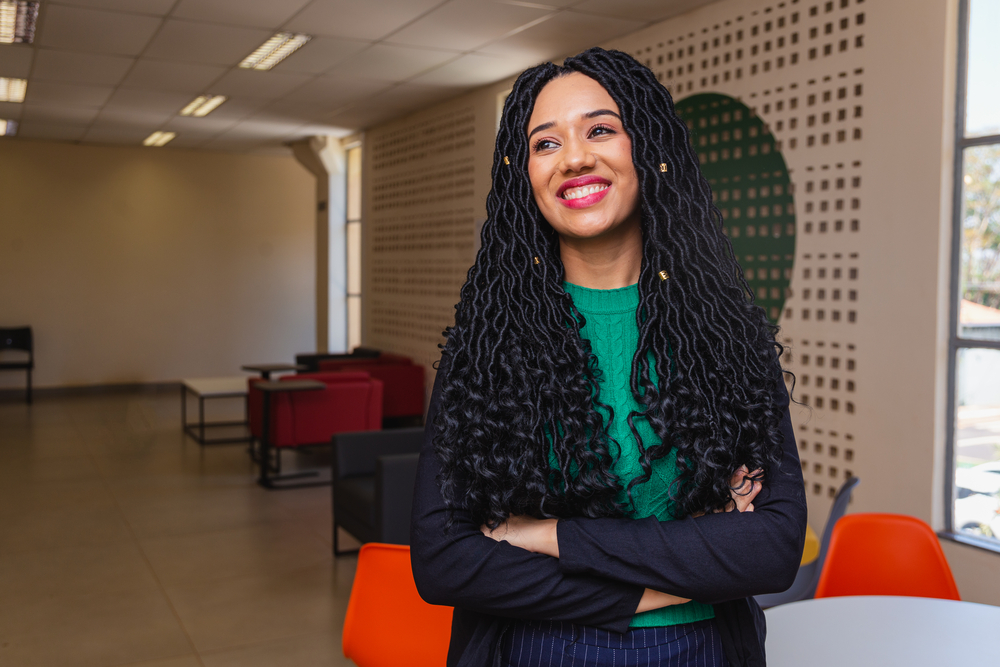
What Can We Learn From the 90s Revolution?
Reading up on 90s hairstyles is sure to give you a mega dose of nostalgia. But could you walk away with something more that will stick with you? Absolutely.
The first thing to take away from this article is that hair is a powerful form of self-expression. It can be used to communicate our personality, our values, and our unique sense of style. In addition to that, know that it's important that we embrace our individuality.
There is no one right way to style our hair.
The most important thing is to find a look that makes us feel confident and happy. Finally, we can learn that it's okay to experiment.
The 90s were a time when people were encouraged to try new things and to push the boundaries of what was considered "acceptable" in terms of hairstyles. So don't be afraid to try something different. You could end up surprised by what you like.
What Were Typical 90s Hairstyles?
Typical 90s hairstyles were incredibly varied and reflected a spirit of individuality and self-expression. Among the most iconic 90s hairstyles are the Rachel Green bob, made famous by Jennifer Aniston's character in Friends, the sleek bob sported by Victoria Beckham, also known as Posh Spice, and the daring pixie cuts worn by Winona Ryder and Halle Berry. Other popular styles included shaggy haircuts, crimped hair, bangs, and various Afrocentric hairstyles like cornrows, braids, Bantu knots, and Afros for women of color.
Were Bantu Knots Popular in the 90s?
Bantu knots were popular in the 90s, showcasing a celebration of cultural pride and identity within the African American community. This traditional African hair knot, reminiscent of small coiled buns, became mainstream during the decade, frequently sported by influential figures such as singer Brandy Norwood. This intricate hairstyle found its place in the hair scene, adding texture and visual interest.
Were Side Parts Popular in the 90s?
The 90s was a time of individual expression and varied hairstyles. Side parts, just like other parting styles, were a part of the 90s hairstyle landscape, especially considering that many of the popular hairstyles of the time, like the Rachel bob or pixie cuts, could be worn with a side part.
Did People Crimp Hair in the 90s?
Crimped hair was a popular trend during the 90s, which involved pressing the hair into small folds and ridges to create a zigzag texture. It brought a fun and funky twist to the 90s hair scene, sported by pop stars like Britney Spears and Christina Aguilera, giving straight hair a playful style that perfectly captured the vibrant and experimental spirit of the 90s.
What Hairstyles Were Popular in the 90s?
The 90s was a decade characterized by a variety of popular hairstyles. Some of the most influential included the Rachel bob from Friends, Victoria Beckham's sleek angled bob, the pixie cuts of Winona Ryder and Halle Berry, the blowout worn by Justine Marjan, and Meg Ryan's shaggy, layered cut. Afrocentric hairstyles also increased in popularity, with styles like cornrows, box braids, Bantu knots, and Afros becoming powerful expressions of cultural identity.
Are 90s Hairstyles Coming Back?
90s hairstyles are indeed making a comeback, spurred by a wave of nostalgia, the influence of celebrities, the rise of social media, and a yearning for the relaxed aesthetic that defined the era.
Some of the most notable 90s hairstyles that have seen a resurgence include the Rachel haircut, the claw clip, the mullet, crimped hair, bangs, and the high ponytail, echoing the spirit of self-expression and experimentation from the 90s.
What Black Hairstyles Were Popular in the 90s?
Various black hairstyles were popular in the 90s, reflecting a renewed appreciation for natural hair and Afrocentricity. Hairstyles such as cornrows, box braids, Bantu knots, and Afros gained visibility and popularity during the decade.
These favorite styles became symbols of cultural pride and identity within the African American community, popularized by figures like Janet Jackson, Alicia Keys, and Lauryn Hill. The Jheri curl, a hairstyle prominent in the African American community, also remained popular into the 90s.
So, there you have it - 90s hairstyles, their influences, which ones are trending again, and more. We hope you found all the information you were looking for. We can't go back to the 90s, but rocking a 90s hairstyle is a great way to pay homage to one heck of a decade!




